
Reza Alipour; Fastest Man in Rock Climbing
/
0 Comments
Reza Alipour is a name that is well-known in the world of rock…
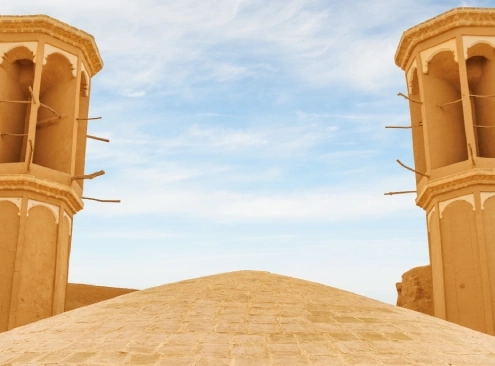
Shesh Badgir Ab Anbar, Yazd (History, Architecture, Tour)
Shesh Badgir Ab Anbar is a historic water reservoir located in…

When Is Ramadan 2025? (Dates, Calendar, Eid)
Ramadan is a holy month for Muslims around the globe. This religious…

Fereydoon Moshiri (Biography, Poems, Books)
Fereydoon Moshiri is one of the most celebrated poets in modern…
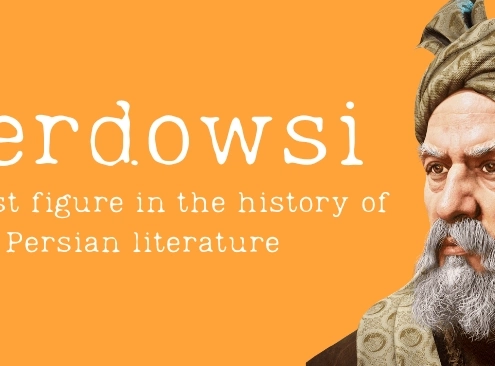
All about Ferdowsi (Books, Poems, Shahnameh, Tomb)
Ferdowsi is one of the oldest and greatest poets of Iran. He…

Abbas Kiarostami (Biography, Movies, Books)
Abbas Kiarostami is an iconic Iranian filmmaker, celebrated worldwide…
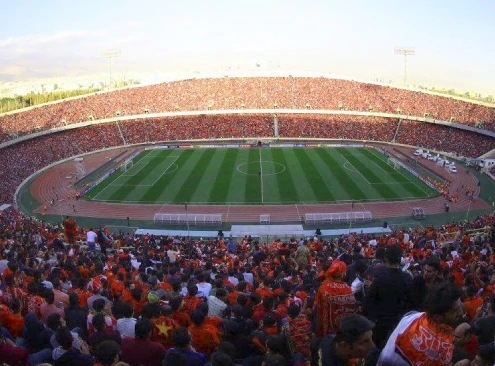
Azadi Stadium Tehran (Capacity, Renovation, Photos)
The Azadi Stadium stands as a symbol of modern sports architecture…

Sadegh Hedayat (Biography, Books, Quotes)
Sadegh Hedayat is one of the founders of contemporary Iranian…

Iran National Football Team: Team Melli (History, Players)
The Iran National Football Team, known worldwide as “Team Melli”,…
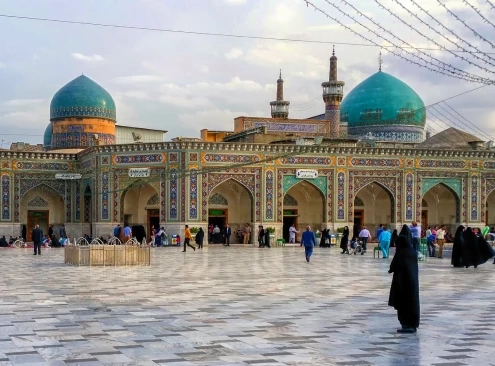
Religious Places in Iran for Sunni and Shia Muslims
Iran is where visitors can find thousands of archeological sites,…
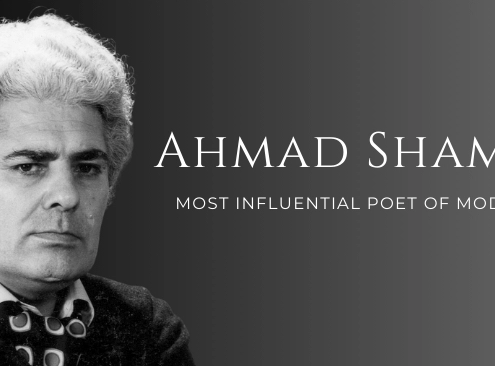
Ahmad Shamlou (Biography, Books, Poems)
Ahmad Shamlou is celebrated as one of the greatest literary icons…
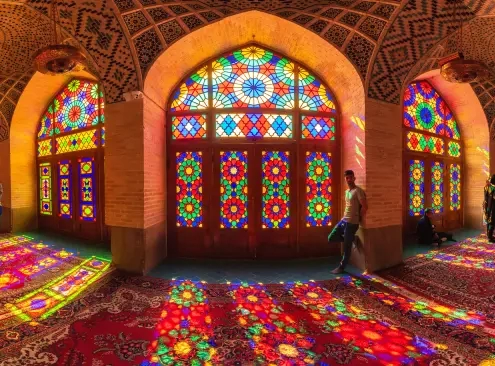
Where Is Iran? (Map, Population, Religion)
Iran, the country of history and art, is a hidden gem in the…
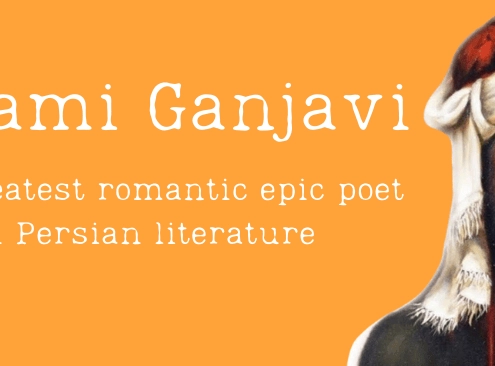
Nizami Ganjavi (Biography, Books, Poems, Quotes)
Persian poetry is a profound and flourishing literary tradition…
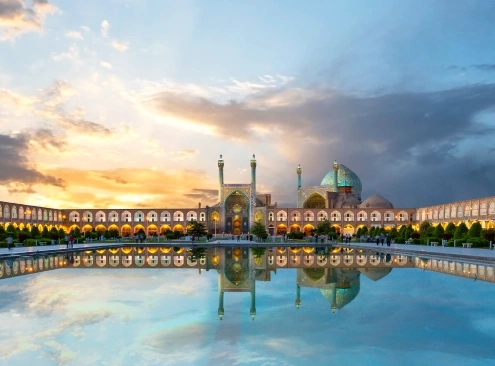
Travel to Iran from Indonesia (Visa, Flights, Dress Code)
Iran offers a diverse range of historical, cultural, and natural…

Travel to Iran From Brazil (Visa, Flights, Dress Code)
Traveling to Iran is a rewarding choice due to its rich historical…

Travel to Iran from Vietnam (Visa, Flights, Dress Code)
Iran is a country of diverse landscapes and delicious cuisines.…

Travel to Iran from Malaysia (Visa, Flights, Dress Code)
The rich history, numerous ancient cities, the magnificent centuries-old…

All About Nima Yooshij (Books, Poems, Quotes)
Nima Yooshij (1895–1960), often hailed as the father of modern…


